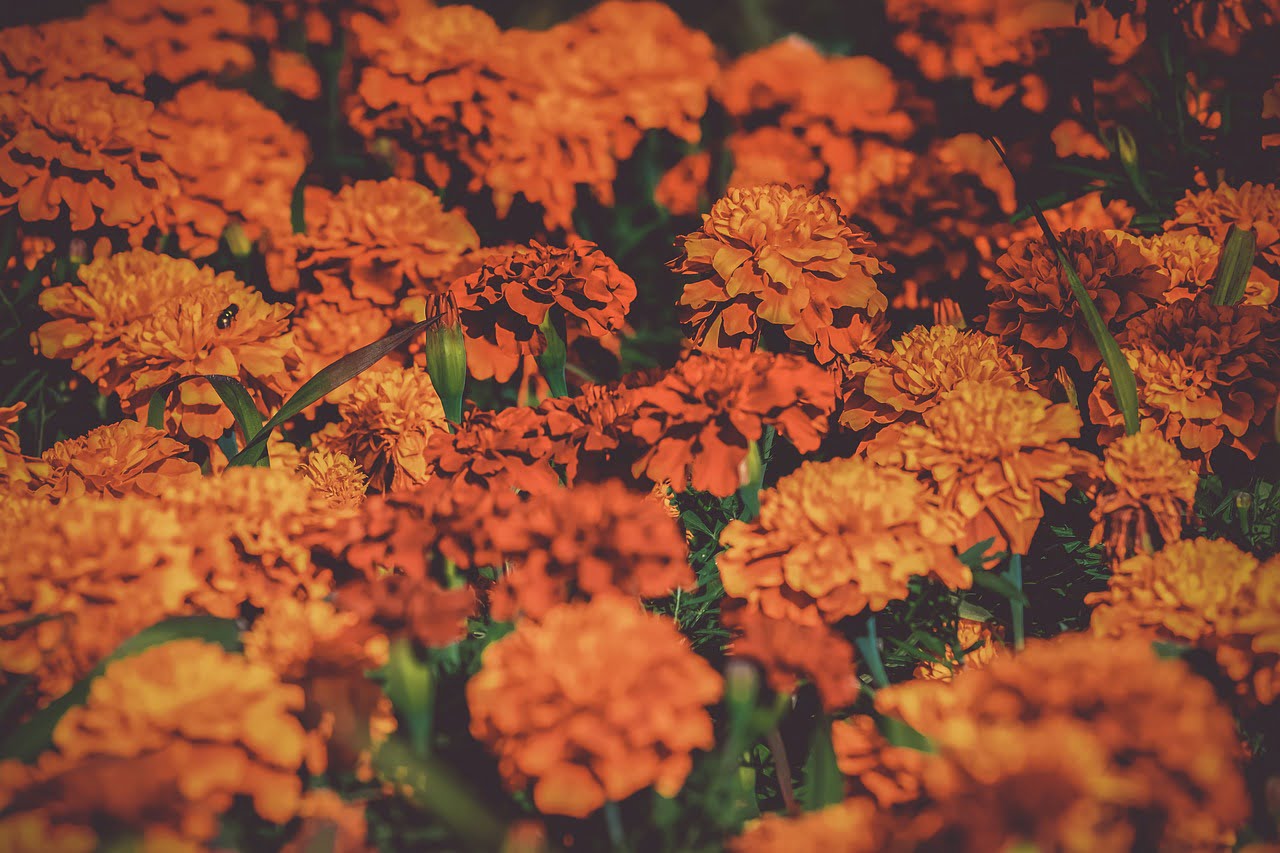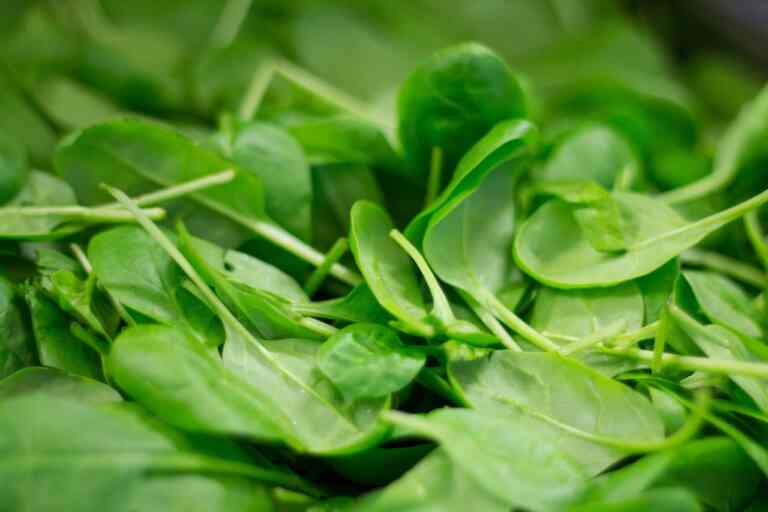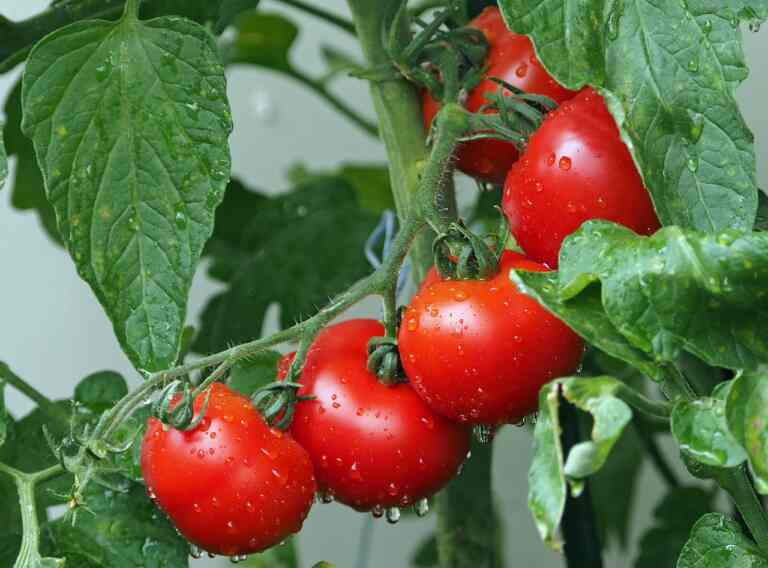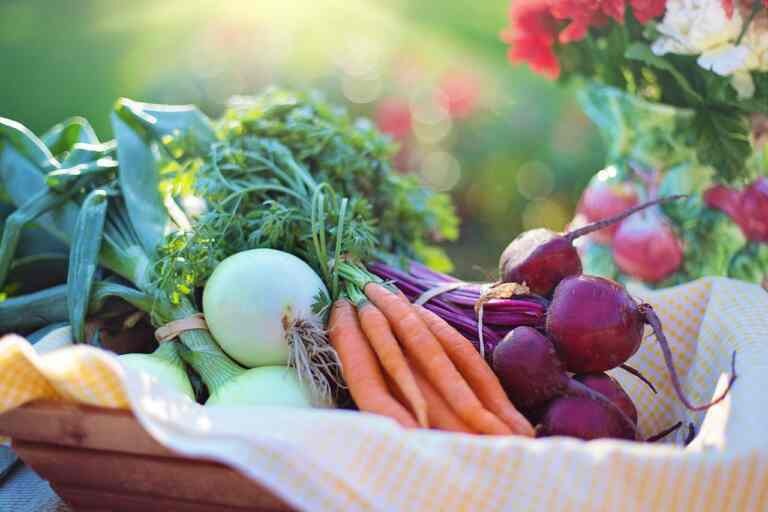Can we eat marigold petals?
Can we eat marigold petals? Marigolds, with their vibrant hues and sunny disposition, have long been admired in gardens for their ornamental beauty. But did you know that these cheerful blooms are not just a feast for the eyes, but potentially for the palate as well? In this exploration, we delve into the world of marigold petals to answer the intriguing question: Can we eat marigold petals? Let’s unravel the culinary wonders of these golden flowers.
The Marigold: A Flower of Many Names and Colors
Marigolds, scientifically known as Tagetes, belong to the daisy family and come in various species and colors, including vibrant shades of yellow, orange, and red. While they are traditionally grown for decorative purposes, certain species of marigolds are indeed edible and have found their way into kitchens and herbal remedies around the world.
Edible Marigolds: A Gastronomic Tradition
**1. ** Marigolds in Culinary Traditions
In various cuisines globally, marigold petals are utilized to add color, flavor, and a hint of sophistication to culinary creations. In India, marigold petals are used in traditional sweets and desserts, giving a delightful orange tint and a subtle floral aroma. In Mexican cuisine, marigold petals are often incorporated into salads, soups, and stews, offering both color and a slightly spicy note.
**2. ** Health Benefits of Marigold Petals
Apart from their culinary uses, marigold petals are known for their medicinal properties. Rich in antioxidants and essential nutrients, marigold petals have been used in herbal medicine to promote skin health, aid digestion, and even soothe sore throats. Marigold extracts are also utilized in the cosmetic industry for their skin-healing properties.
Cooking with Marigold Petals: A Flavorful Adventure
**1. ** Harvesting and Preparing Marigold Petals
Before incorporating marigold petals into your culinary endeavors, it’s crucial to ensure you are using the right variety. Tagetes patula and Tagetes tenuifolia are the edible species, while other types may not be suitable for consumption. Once you have the right marigold variety, gently pluck the petals, discarding the bitter white base, and rinse them thoroughly to remove any dirt or insects.
**2. ** Marigold Petals in Recipes
a. Marigold-Infused Butter
Infusing butter with marigold petals imparts a subtle floral flavor, perfect for spreading on bread or adding richness to dishes. Melt butter gently, add washed marigold petals, and let the mixture cool before straining. The resulting golden-hued butter can elevate your culinary creations.
b. Marigold-Enhanced Salads
Marigold petals add a burst of color and a mild, peppery taste to salads. Combine them with fresh greens, tomatoes, and your favorite vinaigrette for a visually stunning and delicious salad. The vibrant orange and yellow hues will not only delight your taste buds but also your eyes.
c. Marigold-Infused Beverages
Infusing beverages like lemonades, teas, or cocktails with marigold petals can transform your drink into a visually appealing and aromatic delight. The petals lend a subtle earthy note, creating a refreshing and unique drinking experience.

Marigold Petals Beyond the Plate: Exploring Cultural Significance and Medicinal Uses
**1. ** Marigolds in Cultural Celebrations
Marigolds hold significant cultural symbolism in various traditions around the world. In Mexican culture, marigolds are an essential part of the Day of the Dead celebrations. The vibrant petals are used to create intricate and colorful altars, believed to guide the spirits of the departed back to the world of the living. In Indian festivities, marigolds are used to adorn homes and temples during festivals, symbolizing prosperity and joy.
**2. ** Marigolds in Herbal Medicine
Marigold petals have a rich history in herbal medicine. Their natural antiseptic and anti-inflammatory properties make them valuable for treating minor wounds, cuts, and insect bites. Marigold-infused oils and ointments are often used topically to promote healing and reduce skin irritation. Additionally, marigold tea is used in traditional medicine to alleviate digestive issues and menstrual discomfort.
Growing Marigolds: A Guide to Cultivation and Care
**1. ** Choosing the Right Marigold Varieties
Marigolds come in various sizes and colors, making it essential to choose the right variety for your culinary and decorative needs. Tagetes patula, commonly known as French marigold, and Tagetes tenuifolia, known as signet marigold, are popular edible varieties. They are easy to grow, compact in size, and produce abundant blooms.
**2. ** Ideal Growing Conditions
Marigolds are sun-loving plants that thrive in well-draining soil. Plant marigold seeds or seedlings in an area that receives at least six hours of direct sunlight daily. Regular watering, especially during dry spells, will keep the plants healthy. Marigolds are also known for their ability to repel pests, making them a valuable addition to vegetable gardens.
**3. ** Harvesting Marigold Petals
Marigold petals are at their best when freshly picked. Harvest the petals early in the morning when the blooms are fully open, plucking them gently to avoid damaging the plant. Remember to leave enough petals on the plant for it to continue blooming and providing a steady supply.
Marigolds: Nature’s Gift to the Kitchen and Beyond
In essence, marigold petals offer a delightful blend of culinary, cultural, and medicinal marvels. From adding vibrant colors to your dishes and celebrations to healing minor wounds and soothing ailments, marigolds are truly nature’s gift. Their versatility in the kitchen, coupled with their rich cultural significance and healing properties, make them a treasure waiting to be explored.
So, the next time you encounter a bed of marigolds in your garden or a local flower market, remember that these golden blooms are not just there to please your eyes—they are an invitation to embark on a journey of taste, tradition, and well-being. Embrace the culinary magic of marigold petals, and let them infuse your life with color, flavor, and a touch of natural wonder. Happy gardening, cooking, and celebrating with marigold petals!
A Word of Caution and Conclusion
While marigold petals are generally safe to eat, it’s essential to ensure they are pesticide-free and sourced from reputable suppliers or your own organic garden. Additionally, individuals with allergies to plants in the Asteraceae family (which includes marigolds) should exercise caution when consuming marigold petals.
In conclusion, the answer to the question, “Can we eat marigold petals?” is a resounding yes. These vibrant blooms, often overlooked in the culinary world, offer a delightful array of flavors, colors, and health benefits. So, the next time you stroll through a garden and admire the beauty of marigolds, consider plucking a few petals and embarking on a culinary adventure. Whether you infuse them in a beverage, sprinkle them on a salad, or create a marigold-infused delicacy, you’re not just cooking with petals; you’re adding a touch of sunshine and a sprinkle of culinary magic to your plate. Happy cooking!
Related Posts
This article is reviewed by Russel, before publishing. If you have any doubt, you can contact us or consult with your nearby doctor. Remember, in medical matters, there is no same advice, cure, and medicine for all.







